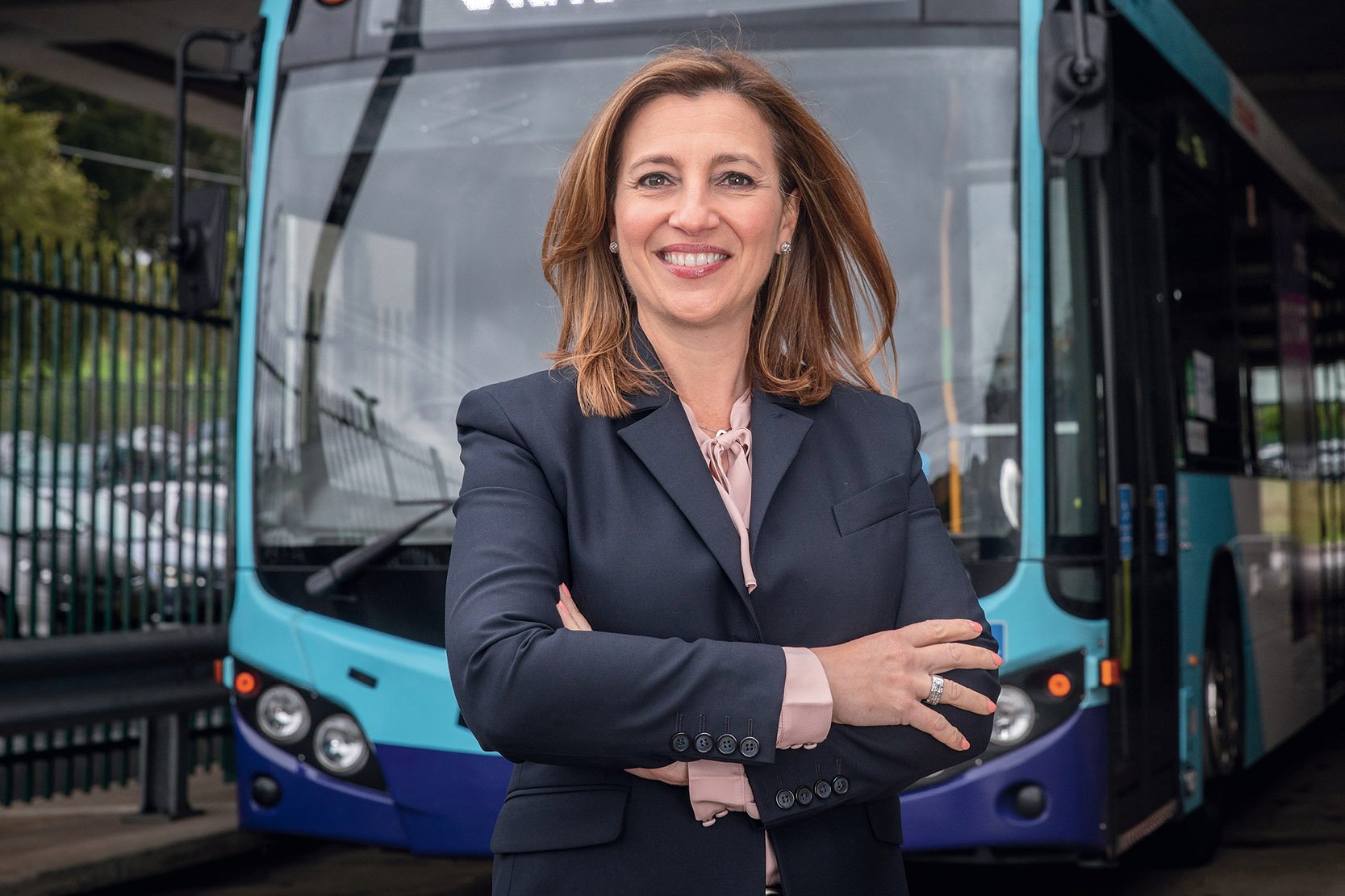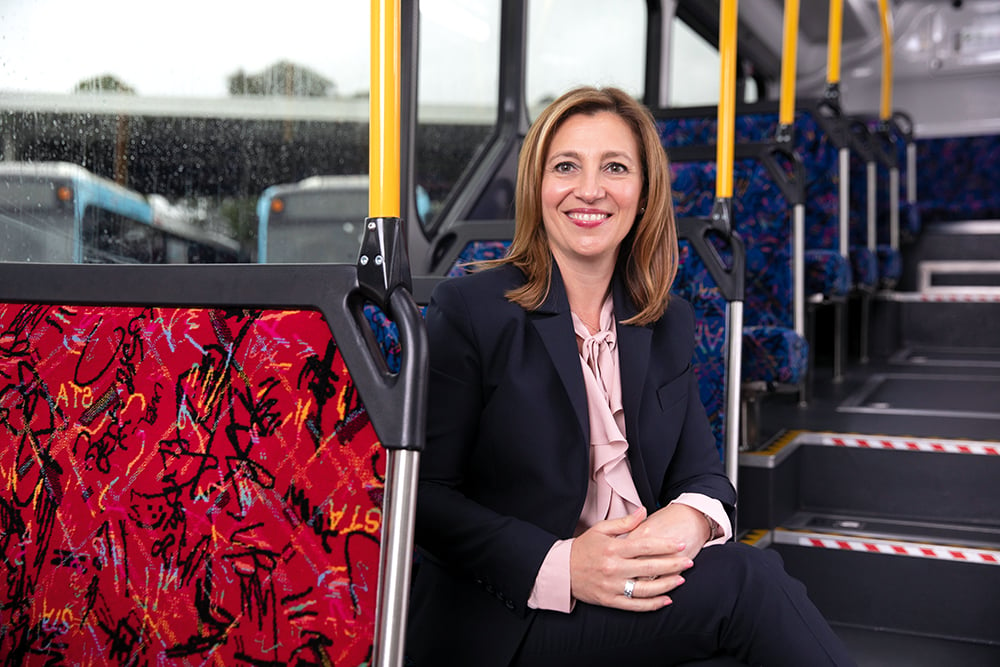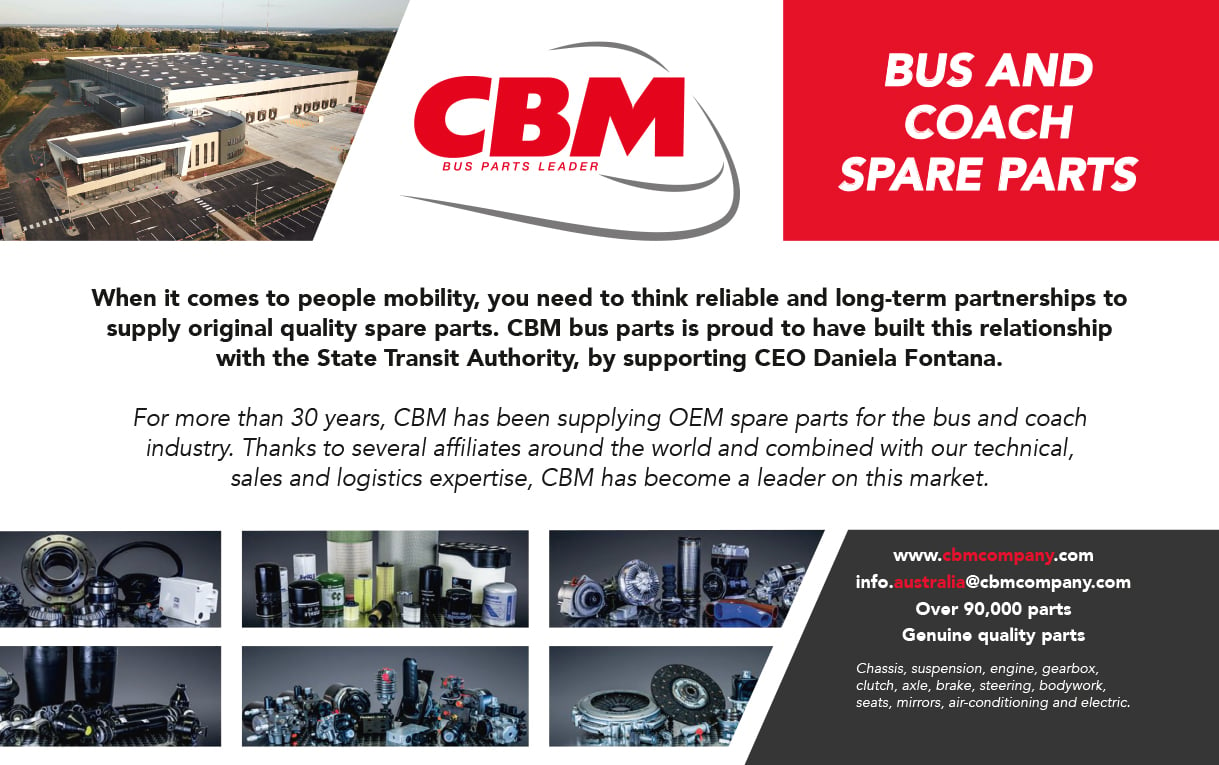For CEO Daniela Fontana, the most important element of the State Transit Authority of NSW is its frontline workers – the bus drivers and others who keep Sydney’s buses running. To demonstrate that, the State Transit Authority (STA) ensures its frontline staff are recognised for the work they do each day, passing on passenger feedback. What’s more, the organisation has introduced Blink, a social network tool for frontline workers, to ensure they’re engaged and communicated with.

In much the same way, Daniela undertakes a daily morning call with her leadership team to go over operational matters for the day; such measures reflect an effort to keep the organisation connected, informed and effective. With eight bus depots around Sydney and 3,400 employees (2,500 of which are bus drivers), she says she loves the ability to keep in touch with operations across the organisation and make a difference where needed.
It’s a system that is, after all, crucial to any modern city; Daniela notes that STA’s services fill in gaps in other public transport and provide a connection between trains, ferries and the metro. It’s her belief that all New South Wales transport operators complement each other, and as the bus company with one of the largest footprints in Greater Sydney, STA plays a huge role in making sure the broader transport network functions.
“Bus services are a vital part of our communities,” she says. “Unlike other modes of public transport, buses are very intimate. We go into the suburbs and streets, pick up customers and get them to their destination. Outside of COVID-19, we would typically carry 130 million customer journeys annually and we’d run over 3.5 million services a year. So we provide a huge amount of services to the community. We operate about 200 bus routes and around 550 dedicated school buses, which ensure all of our customers get to and from work and to and from school safely every day.
“The social impact of providing a safe and reliable public transport service is undoubtedly a big driver of economic activity. And we have seen through COVID-19 that this has really helped with being able to provide physical distancing on bus services, as we’ve been able to put on 1,100 additional weekly trips so our customers can continue to get around Sydney, and safely assisting people like nurses, teachers and emergency services. This has been great.”
Public transport has without doubt been one of the most disrupted services through the pandemic. Even as STA’s patronage declined 46 per cent, the additional services were required to accommodate necessary social distancing. During difficult times, it was able to rely on crucial relationships with suppliers like CBM South Pacific, a specialist in spare parts and maintenance for buses, which helped keep STA’s fleet moving during the pandemic.
Despite the difficulties presented by 2020, Daniela says her team hasn’t “missed a beat” in providing that service, and she’s grateful to work alongside seasoned operational leaders who were able to keep things going through that time.
“At the time COVID-19 started back in March last year, it was really important to keep calm and steady under pressure because it unfolded quite quickly,” she recalls. “One of the main things that I did was most importantly to show empathy and support to our people in difficult times. It was really important for me to be resilient during the whole pandemic because obviously there was a lot happening last year – lots of new things in all operational businesses.”

The social impact of providing a safe and reliable public transport service is undoubtedly a big driver of economic activity.
Even as the worst of the pandemic has faded in Australia, STA will face a new challenge this year (although fortunately, one that is less globally catastrophic). The organisation and the majority of its workforce will transition to the private sector by early 2022, the result of a controversial government decision that will see bus routes in the Eastern Suburbs, Northern Beaches, and North Shore and North West privatised. As the process goes ahead, Daniela says her task will be to guide STA’s staff through the change, while maintaining the organisation’s excellence in service to ensure the handover of a successful business for the incoming operators.
In recent years, STA has achieved excellent results in key metrics like on-time services, cost per kilometre, trip cancellations and employee injuries, all of which have shown improvement and high scores. Most importantly, customer complaints are down while customer satisfaction remains at 92 per cent, its highest score to date.
“Every day, we keep a close eye on what our customers are saying and how they’re feeling, using their feedback,” Daniela says. “In conjunction with Transport for New South Wales, we do biannual customer satisfaction surveys, where we get feedback on all pillars of service, whether it’s comfort, on-time running, security, all the different measures that customers look for. And we use that information to either make changes to the way we operate or changes to our services.”
For the nearly 30 years of her career, Daniela has been passionate about the customer angle. Even in the six years she left the bus industry to work with Qantas, she was still customer focused, and when she returned to STA, it was for the opportunity to “shape the customer experience”. But from the way she describes the industry, it’s clear she’s not alone.
“In the transport industry in general, there’s passion and care from the front line,” she reveals. “Walking around the depots and speaking to the workforce, even when you go to ferries or trains, there’s a real sense of care for what people do every day.
“You can see that when you travel around Sydney on the different modes. From my years in the industry, definitely at State Transit, we’ve got a lot of employees that have been here for 30 years plus. It really stands out that people behind the wheel of the bus care and enjoy what they do.”
Proudly supported by:



